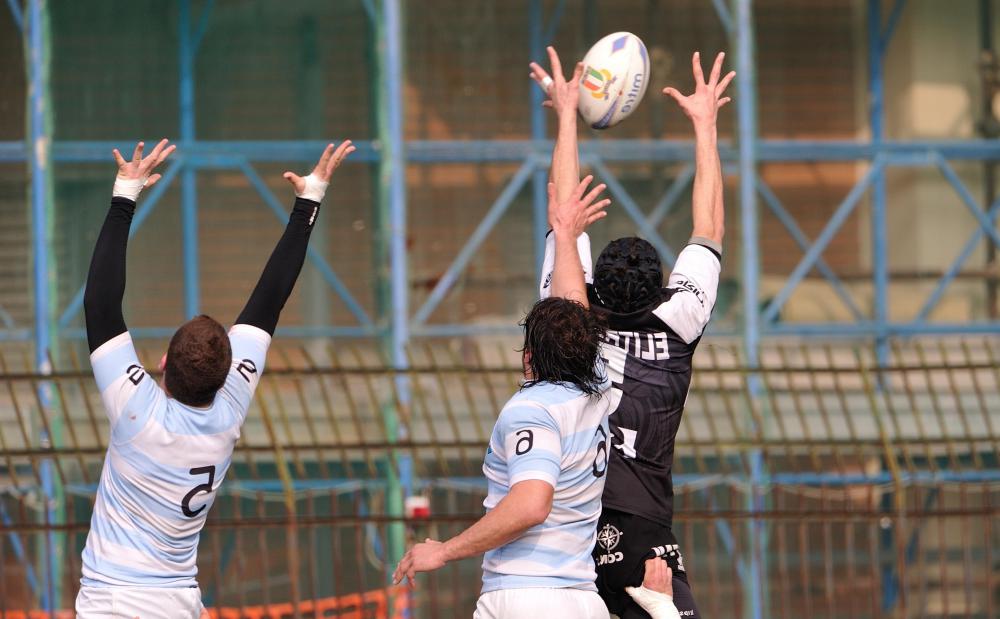At WiseGEEK, we're committed to delivering accurate, trustworthy information. Our expert-authored content is rigorously fact-checked and sourced from credible authorities. Discover how we uphold the highest standards in providing you with reliable knowledge.
What is Elastic Cartilage?
The human skeletal system comes packaged with 206 bones and three types of cartilage. Hyaline cartilage is found in the embryonic skeleton, fibrocartilage is found in the intervertebral disks, and elastic cartilage is found in the epiglottis, larynx, and the outer ear. As its name suggests, elastic cartilage is significantly more pliable than either hyaline or fibrocartilage. This is because it's comprised of elastic fibers and collagen.
This network of elasticity forms a solid matrix, protecting itself from rupture and similar fates. This matrix of fibers lends the part a significant flexibility, and this means it can withstand repeated instances of bending. To see a perfect example of elastic cartilage in action, try wiggling the little walls around your ear canal — they're both firm and flexible.

Of course, it would be irresponsible to assume it can withstand any sort of treatment; it is not only possible to damage it, but it can occur with a certain degree of ease. For example, if you were hit in the ear with a significant amount of force, the cartilage could break and leave the ear with a deformed appearance. This is often seen in baseball players and rugby players, both of whom have dubbed the condition "cauliflower ear." It isn't known exactly how many people in the world suffer from damaged elastic cartilage, though it is thought to be common.

Also known as yellow cartilage because of its yellowish appearance, elastic cartilage's main purpose is to provide support and a moderate amount of protection. On the outer ear, or the pinna, it surrounds part of the ear canal. This keeps the rest of the ear in place while offering some protection from foreign obstructions entering or damaging the ear.

In the windpipe, elastic cartilage functions with much more protection in mind. In the musculoskeletal system, every human has an esophagus, where food and oxygen both travel. At some point it sections off into two pipes: one is meant for air, the other is meant for food. The epiglottis is the cartilage flap that slides over the windpipe each time you swallow, so it protects you from accidentally breathing in your food.

Overall, like any other part in the musculoskeletal system, elastic cartilage plays an important part in protection, maintenance and development. Without it, the ears would look malformed. More significantly, food would often slip into your lungs, causing you to choke even while eating carefully.
AS FEATURED ON:
AS FEATURED ON:














Discussion Comments
The elastic cartilage of the larynx helps move the vocal cords so we can make sounds. When you have inflamed vocal cords, though, even the cartilage can't help you get a word out.
I had laryngitis after yelling during a ballgame the previous night. My voice turned hoarse after the game, but when I woke up in the morning, it was completely gone.
I wanted to call my friend who had experienced this before and ask her what to do, but I could not speak. So, I emailed her, and luckily, she replied quickly.
She told me to rest my voice for about three days, even once it returned. She also recommended a certain honey and lemon tea made for singers. So, I silently sipped tea for three days. When I could talk again, I had a lot to say.
@kylee07drg – I choked on a piece of hamburger once, and it was one of the scariest experiences of my life. I was eating alone at a cafe, so no one noticed that I was choking until I turned blue and fell out on the floor.
I had heard that you could perform the Heimlich maneuver on yourself, but in my panicked state, I couldn't remember how. I just kept looking around, desperately hoping someone would glance in my direction.
By the time I hit the floor, I was barely conscious. A waiter rushed over and did the maneuver on me, and the food flew forth. Everyone clapped, and I had to sit there for half an hour to recover, breathing deeply to replace my depleted oxygen.
The epiglottis usually does a great job of keeping food out of your trachea and guiding it to the esophagus instead. However, if someone makes you laugh while you are trying to swallow food, it can open up and let that food slip down the windpipe.
This has happened to me before, but my body compensated by making me cough really hard, which made the food shoot back out. I have never actually choked, but when people do choke, it's because the epiglottis didn't shut all the way.
Has anyone here ever had your windpipe blocked by food? If you are still alive, it's probably because someone was there to perform the Heimlich maneuver on you.
I was fascinated as a child by how much the ear could bend. I used to think it was made of rubber, until high school biology class taught me that it was cartilage.
My uncle had big ears, and he could actually tuck the top of his ear into the canal. I tried to do this, but mine were just too short.
My fascination with elastic cartilage carried over to my pets. I discovered at a young age that I could bend my dog's droopy ears backward and they would stay that way until she shook her head.
Post your comments